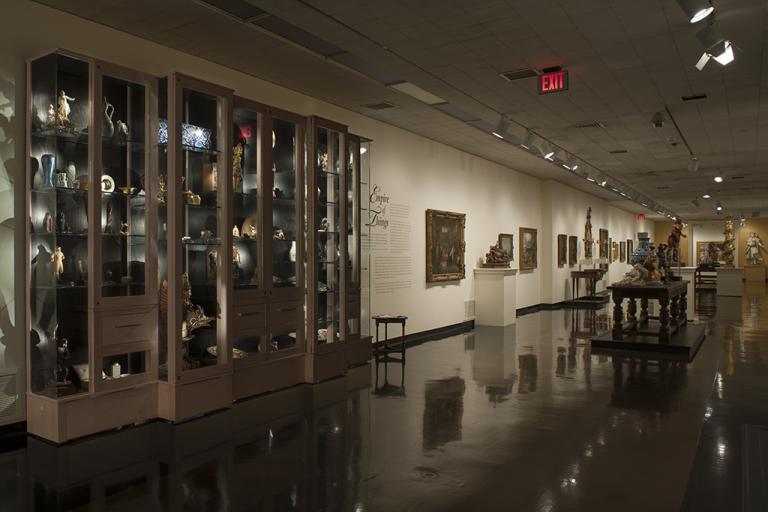The Athlete Kreugas, Antonio Canova
Artwork Overview
Antonio Canova, artist
1757–1822
The Athlete Kreugas,
1806
Where object was made: Italy
Material/technique: bronze
Dimensions:
Object Height (Height): 64.7 cm
Object Height (Height): 25 1/2 in
Object Height (Height): 64.7 cm
Object Height (Height): 25 1/2 in
Credit line: Museum purchase
Accession number: 1955.0036
Not on display
If you wish to reproduce this image, please submit an image request












